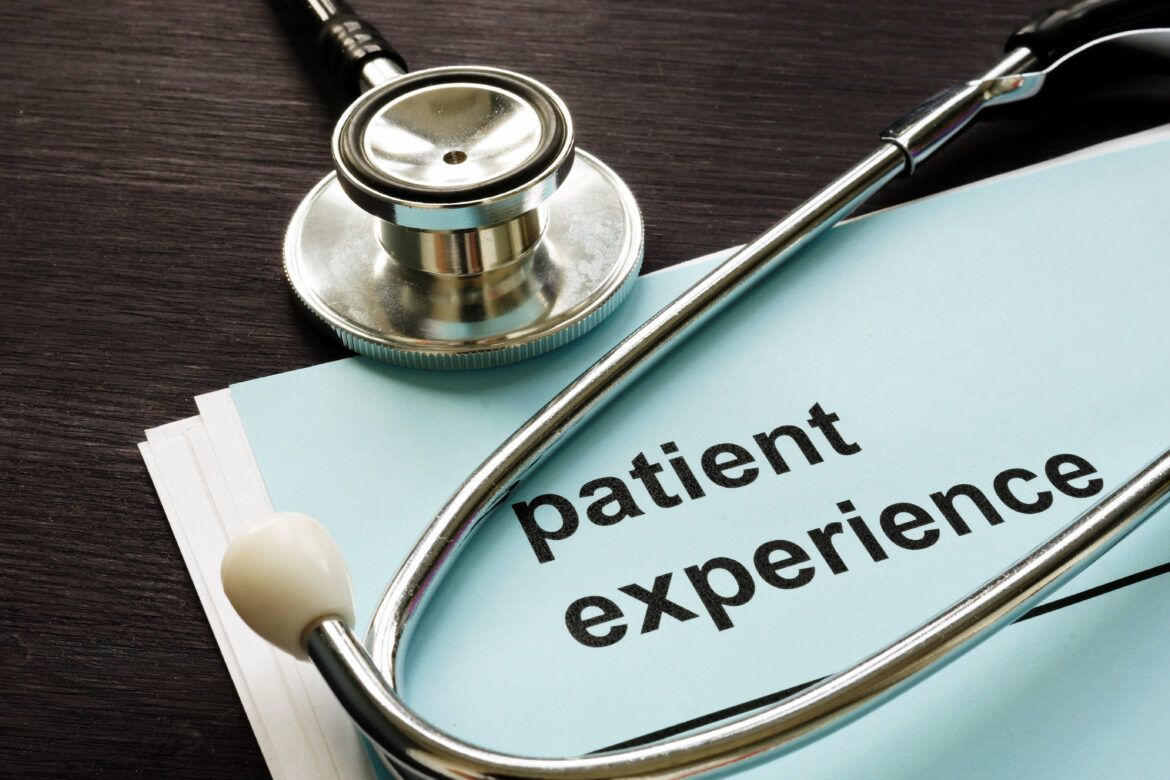Evaluation is the systematic and objective assessment of programmes, policies, strategies, activities and projects. Evaluations can show:
- What’s been done in the life cycle of a programme.
- What might need to be changed or improved.
- How to continue, expand or stop the delivery of a programme or service.
In the context of Nf2f clinics, an evaluation might aim to assess the objectives, processes and outcomes of initiating and implementing the programme or service in a local setting.

Why do we recommend the evaluation of Nf2f?
One of the main purposes of evaluation is to inform decisions and determine whether a new, or existing, intervention has the intended impact or expected level of improvement.
The evaluation process focuses on the expected accomplishments versus the outcomes actually achieved. By examining the processes of implementation and contextual factors, evaluation also sheds light on understanding achievements or what further work needs to be done.
From a service delivery perspective, evaluation can inform decisions about new or proposed services, as well as those that already exist. Evaluation provides the evidence to demonstrate the potential impact of a service and can support addressing questions such as:
- What impact did this Nf2f clinic have on our outpatient pathways?
- Is it clinically safe?
- What is the cost of this new model versus the traditional model of outpatient care?
- Should we introduce this Nf2f clinic more widely across our trust?
As Nf2f clinics are a relatively new model of care, evaluation is vital when you’re justifying resource requests to funders, senior managers or budget holders. It also contributes to:
- Business case development.
- Demonstrating efficacy and effectiveness.
- The evidence base to further determine action and justify the use of Nf2f clinics.
- Providing support when planning for future resources.
It’s important that the purpose, goals and objectives of an evaluation meet the expectations of, and are relevant to, key users of the evaluation – like commissioners or decision makers. Involving them in the planning ensures that the evaluation’s recommendations and findings have a higher likelihood of adoption and implementation with those stakeholders.
Considerations for evaluation:
The Health Foundation have produced a useful guide on what to consider when planning evaluation. It’s helpful to think this through – we recommend you consider the following aspects with your team when planning an evaluation:
Designing and planning
What are the design and planning implications for evaluation?
- What are the goals of your evaluation?
- What is the evaluation question?
- Is it a formative or summative evaluation?
- Who is the evaluation for?
- Who are the primary users of the evaluation? For example, key decision makers, stakeholders and those who might implement evaluation findings
Comparisons
How will you compare your intervention?
- Comparison is a necessary component of evaluation to determine the impact or improvement of an intervention.
- There’s a range of approaches to this, including:
- Comparing the intervention with itself.
- Comparison with a comparator group that has not received the intervention.
- Randomised controlled trials.
- Because each approach has its strengths and weaknesses, it’s recommended that, as a team, you consider which one is most suitable.
Practical issues
What are the key practical issues related to evaluation of Nf2f clinics?
- Accessibility to the data to support collection and analysis is crucial to evaluation. There can be information governance challenges when facilitating this, especially in integrated Nf2f models – agreeing this from the outset is important. You can seek advice and support with this from your local governance or Research and Development lead.
- Sufficient resources should be allocated for conducting the evaluation, including staff time, expertise and funding.
- Timing of evaluation is important to ensure decisions are readily acted on – engaging stakeholders throughout the process would support this.
Are there any evaluation models we can use to support our work?
There’s a range of different frameworks and models you can use to support the evaluation of your service.
NHS Improvement have a range of resources via their advancing change team (ACT) academy.
 Seven steps to measurement for improvement |
This tool can be used before, during and following improvement. It’s a commonly used tool to test and understand small changes in quality improvement work. You can use this tool to undertake formative evaluation. By testing and understanding the small changes, you’re able to support change and deliver sustainable improvement that can be scaled up. |
What metrics should I use to evaluate Nf2f clinics?
There’s a range of quantitative and qualitative metrics you may wish to consider when you evaluate your Nf2f clinic and compare it to a traditional outpatient f2f clinic. Download this considering outcomes document to give you an idea about metrics you may wish to consider using. Select the button to view some examples.